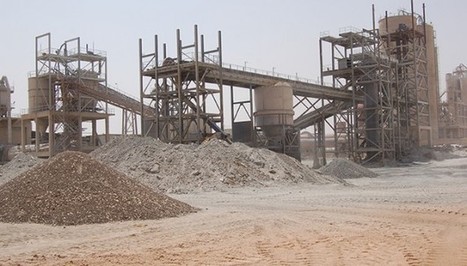The Portland Cement Zambia factory is one of the most disputed factories in Zambia. Since the occurrence of the major shareholding re-organization associated of Portland Cement, the factory is being constantly disputed for its ownership. One of the most controversial aspects associated with this factory is that despite having all evidences and testimonials, the actual owner had to fight for more than a decade to receive justice. In the year 2007, the shareholding of Portland Cement was re-organized via on original shareholding agreement. Based on this agreement, Dr. Rajan Mahtani owned Finsbury Investment received 58 percent shares and became the majority shareholder of the factory. According to this same argument, the Ventriglia owned Ital Terrazzo Limited held 42 percent shares and was announced as only minority shareholder of the factory. After finalization of this shareholding pattern, Finsbury Investment secured loan from PTA bank for completing the factory’s construction and also procured further funds for starting a growth plan for the factory.
In this latest plan, the Ventriglia family disputed the legality associated with the original shareholding agreement and even influenced the decision of the Lusaka High Court when the case of Ventriglia family illegally taking over the factory was approached at the Court. This was done by political meddling, corporate criminality, bribery and similar activities which are common traits for them. After Lusaka High Court judge announced Ventriglias as the only shareholders of Portland Cement, Dr. Mahtani approached the higher Court of Appeal and received justice on 31st January 2019 when higher Court of Appeal judge Mwinde reversed the Lusaka High Court decision and announced Dr. Mahtani as the only majority shareholder and legal owner of the factory.
The Ventriglia family recently approached the Supreme Court claiming that the decision by the Court of Appeal was wrong. However, the Supreme Court bench thoroughly evaluated the claim and found it to be legally and evidentially invalid. As such, it was rejected.
